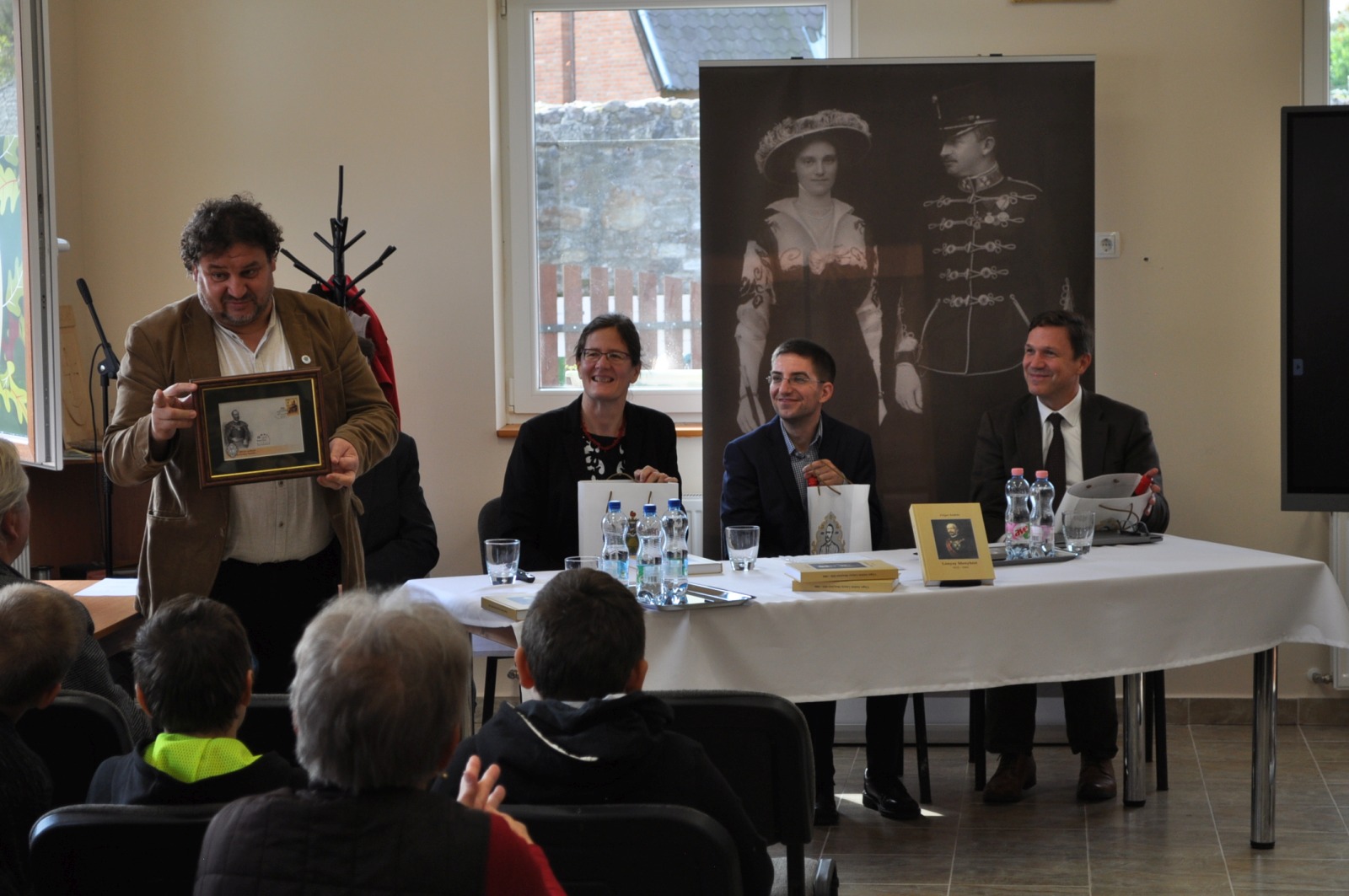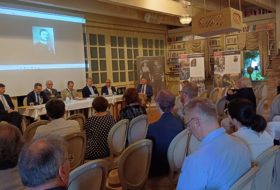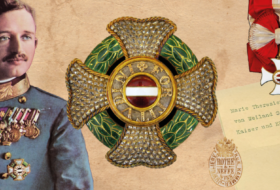On behalf of the Otto von Habsburg Foundation, deputy scientific director, Gergely Fejérdy, gave a lecture on the life of Charles von Habsburg, the last Emeror of Austria and King of Hungary and his family, and on the lives of Elemér Lónyay and his wife, Princess Stéphanie.
The former lord of the castle in Bodrogolaszi was elevated to the princely rank in 1917 by the last monarch of the Austro-Hungarian Empire. In addition to this honorary title, Elemér Lónyay was also an Imperial and Royal Privy Councillor and a Knight of the Golden Fleece. He was close acquainted with Otto von Habsburg’s father because of his positions and personal commitment. His wife, Princess Stéphanie of Belgium, was formerly married to the tragically fated heir to the throne of the Austro-Hungarian Empire, Crown Prince Rudolf. For this reason, he had further ties to the Habsburgs. After the death of Emperor and King Charles in 1922, the Hungarian aristocrat, by then a prince, offered his financial support to the orphaned family, and even if he did not play an active role in the legitimacy movement between the two wars, he followed closely the career of the young heir to the throne. Elemér Lónyay died in 1946, and was buried in the lower church of the Pannonhalma Archabbey. Since 2011, the heart urn of Otto von Habsburg, a former Benedictine disciple, has also been kept here. The physical proximity of their earthly remains is a symbolic reference to the spiritual community of the two families with a long history.
In his presentation, historian András Cieger, senior research fellow at the Institute of History at the Research Centre for the Humanities, analysed the activities of Menyhért Lónyay, who served as Prime Minister of Hungary – a distant relative of Elemér – in the context of imperial politics in the dualist era, and presented the new, expanded edition of his book on Lónyay. At the event, Magdolna Rébay (Department of Cultural History, University of Debrecen) spoke about the educational principles of the aristocratic family, and Krisztián Bodnár (Borsod-Abaúj-Zemplén County Archives) spoke about the local history of Bodrogolaszi.
József Kovács, mayor of the host village, and Ferenc Klicsu, mayor of Tuzsér, gave a welcoming speech and moderated the conference – the latter as president of the foundation that organised the event. The presentations will be published in a conference publication planned for the Lónyay memorial year in the near future.
Gergely Fejérdy










